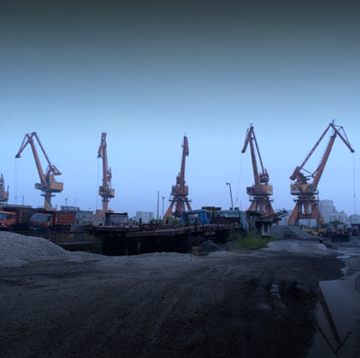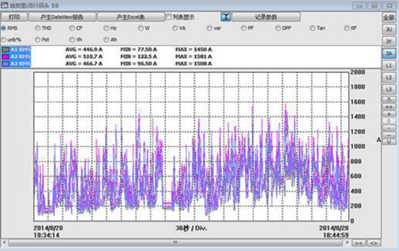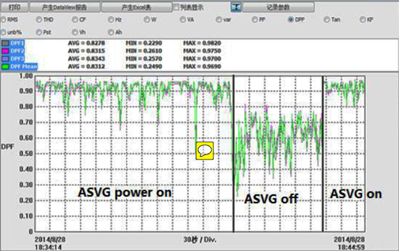Reactive energy generators are the most advanced technology for reactive power compensation and the logical alternative for capacitor banks. Beside their incomparable performance and competitive cost they are immune to harmonics. Yet some applications require to suppress harmonics not only to protect capacitor banks.
 Cranes and hoists used in port wharfs are very good examples of such applications. Their usage is intermittent and create very high variations in current. Their drivers are consequently producing high content of harmonics while at the same time the displacement factor (cos phi) needs to be corrected.
Cranes and hoists used in port wharfs are very good examples of such applications. Their usage is intermittent and create very high variations in current. Their drivers are consequently producing high content of harmonics while at the same time the displacement factor (cos phi) needs to be corrected.
A typical example is given herewith.
This dock in one of the world's major ports is equipped with six cranes, each subject to very high current fluctuation between 100A and 1600A. As shown in figure 1 we measured an average power factor of 0.6. To cope with the rate of change, capacitor banks would have to be based on thyristor switch and because of the harmonic content their life cycle would be greatly reduced, even in the presence of detuning filters. It is thus required to design either specific passive filters or to use active filters, while taking the greatest attention to avoid resonance.
The optimal solution is to combine a reactive energy generator (SVG) with an active harmonic filter (AHF). The SVG is immune to harmonics and the AHF will autocorrect itself to avoid any resonance with the circuit. There is no need for detailed engineering of the circuit. The value of reactive and harmonic currents that need to be compensated are enough to dimension a highly performant safe and reliable system. Moreover, the modular construction of the system can be scaled to changing needs or reconfigured for new applications at any time.
In our example, the customer selected to compensate all even harmonics up to the 11th and leave the others uncorrected. The result is shown in figure 2, where the impact of the corrective system is demonstrated by the change of the average power factor from 0.6 to 0.95.

Fig1: Cranes and moving bridge are characterised by
high currents with sudden variations

Fig2: Improvement of PF






